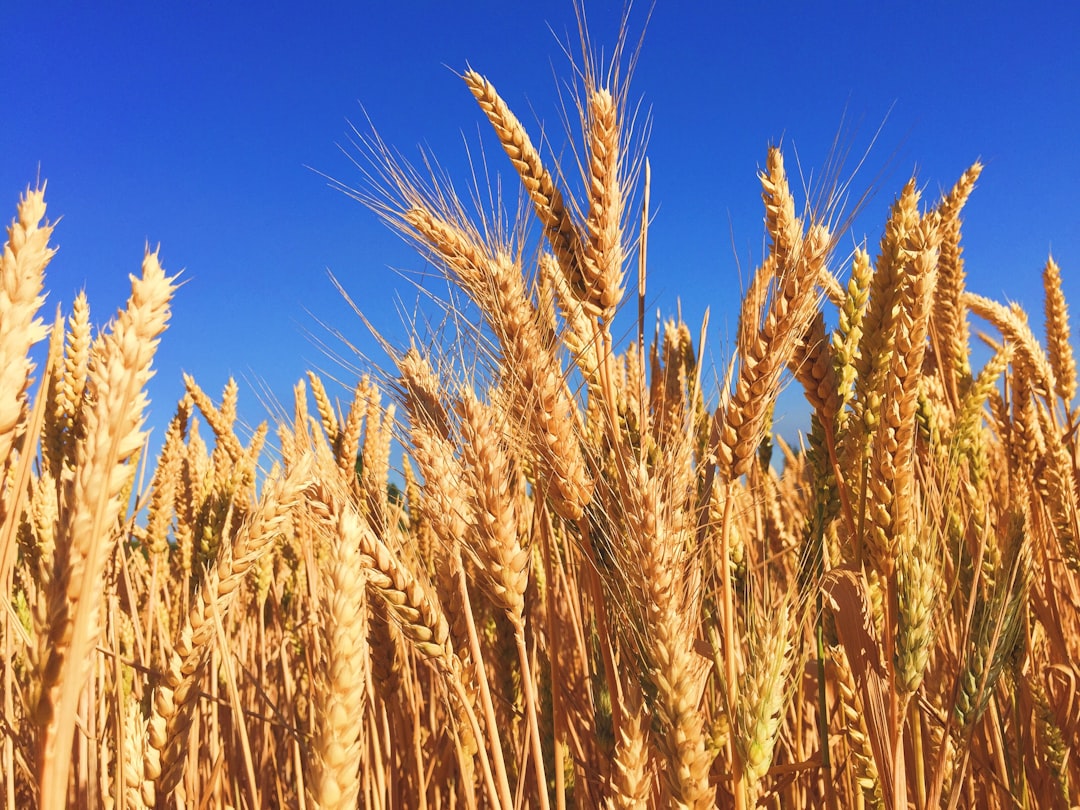Wheat Academy - Day 1
I attended the Wheat Academy at Washington State University in Pullman, Washington yesterday. Here is my recap of my day.

I have a farm in Walla Walla County, Washington State that produces soft-white wheat and dry peas. I also have a farm in Southwest Missouri that produces soft-red wheat.
I had received an invitation to attend the Wheat Academy in Pullman, Washington a while back and decided to attend. Yesterday was day 1.
In my first session, I learned how to cross breed wheat. Wheat is a self-pollinator and to cross breed wheat you must remove the three male “parts” from each kernel. This leaves only the female to be populated by the male “parts” from the other wheat breed that you are trying to cross it with.
In the class, we were able to attempt to do this process with tweezers and scissors. Even though I have 20’20 eyesight (due to wearing multi-focal contacts), it was difficult to do. There is a technician that handles this for the breeder, and it is not a job I would want.
We then learned about the genes that can be used to provide resistance to certain diseases or promote extra yield. The technology on this is very impressive, especially over the last ten years or so.
For example, there might be one gene that will provide resistance to stripe rust, but multiple genes may be needed to prevent snow mold. As you add genes into the mix the number of plants needs to sample increases by a factor of 3.
For example, if you need to use three genes, you might need 100 plants, but if you need six, it increases to 2,700 and if you need nine genes, it now takes 72,900 plants.
My next class dealt with how to grow canola. The acres dedicated to canola in the Pacific Northwest have increased in the last few years. I grew canola on my Dayton farm last year and with the heat that happened at flowering time, lost most of my extra production. If you can get the plant to continue to flower for weeks at a time you can maximize the yield. However, if excessive heat hits, the flowering process stops, and your yield will go down.
We also learned about how the canola plant grades the canola that comes to their plant. Green seeds and “hot” seeds are docked. Also, the plant tests for non-GMO and if the load meets this specs, it may result in an additional premium to the grower depending on market conditions.
Finally, I attended a class on nitrogen management. I felt like I was back in a science class from college. We learned how to determine the amount of nitrogen needed to grow a wheat crop and how much to apply. For soft-white wheat, we estimate 2.7 pounds of nitrogen for each bushel of expected yield. Most of this nitrogen requirement is already in the ground, therefore, the difference is how much that needs to be applied.
As an example, my good ground might be expected to grow 150-bushel wheat. This requires 405 pounds of nitrogen. Let’s assume that the soil has 200 pounds of nitrogen, this requires us to apply 205 pounds to maximize yield.
Typically, soft-white wheat maximizes yield around 10% protein. If there is stress to the plant (such as drought in 2021 and 2023), the protein will spike, and yields will be reduced. If there is the right amount of rain, then protein will perhaps be lower, but yields higher.
There is a worksheet that the College provides, and we calculated the nitrogen efficiency for a sample field. If this number is higher than 50%, then you did a good job of estimating your nitrogen or mother nature cooperated. If it is lower, there may be steps you can take to help with the next crop.
All-in-all, I found the first day to be very educational and look forward to the last day of the wheat academy today.


